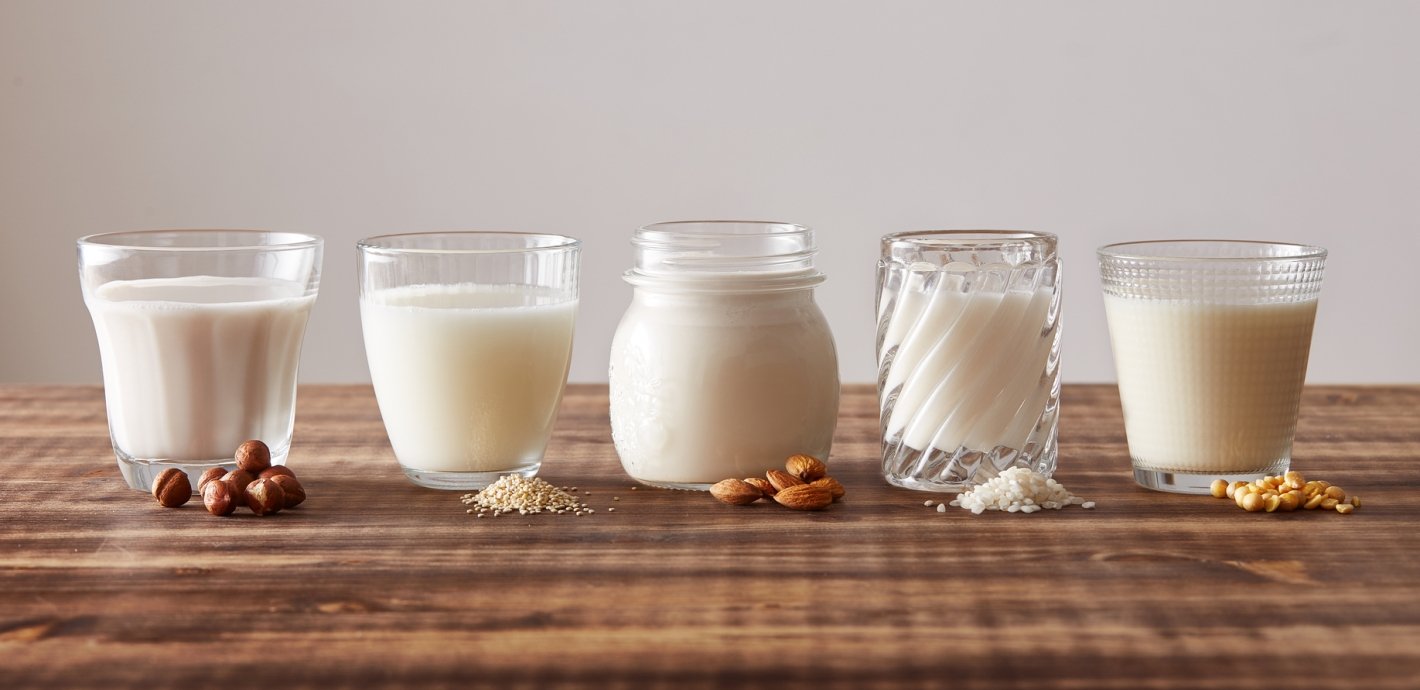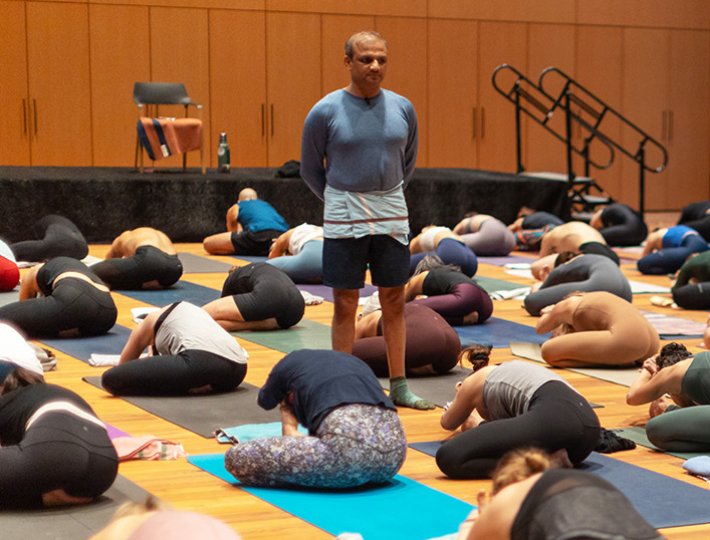There was a time when we all drank raw milk from cows, sheep, and goats. And in many countries, like Italy, Slovenia, Austria, Switzerland, and the Netherlands, this pure white liquid is still a kitchen staple that’s even sold in vending machines. But in America, raw milk hasn’t been a thing for almost 100 years—until recently. Despite how long we’ve stayed away from the stuff (thanks to an upgraded, safer, longer-lasting version), the demand for raw milk is rising with food activists vehemently petitioning grocery stores to carry unpasteurized dairy products, reports the Washington Post. Why the sudden comeback, and should we really swallow the hype?
First, a brief history lesson: In the late 19th century, French scientist Louis Pasteur developed a processing technique called “pasteurization” that heated up milk briefly—from 140 to 160 degrees Fahrenheit for 15 seconds to 30 minutes—to kill off disease-causing bacteria such as salmonella and E. coli without changing its nutritional profile. While eliminating harmful microorganisms linked to then common health threats (i.e., tuberculosis, listeriosis, and typhoid fever), Pasteur also introduced a way of extending dairy’s shelf life (keeping it in the fridge). By 1924, the U.S. Health Service began promoting this practice across the country. Today, less than 1 percent of milk sold in America is unpasteurized.
Related: How to Make Fresh Almond Milk
The theory that sparked the new movement is that fresh unpasteurized milk—when produced in sanitary conditions where pastured-raised cows are infection-free—contains anti-bacterial components that naturally prevents the absorption of pathogens and strengthens the immune system, according to RealMilk.com, a 16-year-old project from the nonprofit Weston A. Price Foundation . Some European studies support this, including research published in 2001 and 2006 suggesting that raw milk may help reduce the risk of asthma and rhinoconunctivitis (a condition that causes a stuffy, runny, or itchy nose, post-nasal drip, and red, itchy eyes) in kids. The downside of these studies is that they both looked at “farm milk” in general, which includes raw and boiled (aka processed) milk , so it was not clear that the unpasteurized variation was the key component. Also, the U.S. Food and Drug Administration states that both raw milk and pasteurized milk can cause allergic reactions in people sensitive to milk proteins.
In 1987, the government banned the sales of raw milk for human consumption (with the exception of certain cheeses) across state lines. Since then the laws on selling unpasteurized dairy have differed from state to state. In recent years, more and more states, including Arkansas, North Dakota, and Michigan (29 states total as of 2009) are allowing some form of on- or off-farm raw milk sales (with strict regulations) within their borders. Both the FDA and Centers for Disease Control and Prevention are completely against it. They each have dedicated several web pages to educating consumers about unpasteurized milk, and how it does not destroy harmful pathogens nor does it contain more nutritional value than regular pasteurized milk (what most of us buy in stores). In fact, drinking the so-called “real milk” could result in some serious consequences as this CDC statement warns:
“Raw milk can carry harmful bacteria and other germs that can make you very sick or even kill you. While it is possible to get foodborne illnesses from many different foods, raw milk is one of the riskiest of all. Getting sick from raw milk can mean many days of diarrhea, stomach cramping, and vomiting. Less commonly, it can mean kidney failure, paralysis, chronic disorders, and even death.”
Terrifying as this sounds, the risk is worth it for some folks, especially people who have invested in herd-share programs that pay farmers a fee to board, care for, and milk cows that keep the raw beverage on tap.
“I’m not a scientist, but I’ve heard a lot of testimonies from our customers who say they haven’t been sick in two or three years since they started drinking raw milk. It’s hard to say that if that’s the milk or not, but these people seem to think so,” says Zopher Sabo, a herdsman at Sustainable Settings, a 244-acre working ranch in Carbondale, Colorado, that also operates as a learning center. “Having the full fat and all the vitamins in raw milk is probably the best health benefit,” he says.
Related: Making Sense of the Science on Fat
All natural, however, is not always better. “I would never recommend anyone consume unpasteurized dairy products. It’s too dangerous,” says food scientist Joy Dubost, Ph.D., R.D., a spokesperson for the Academy of Nutrition and Dietetics. Statistics show that between 2007 and 2012, raw milk products were responsible for 81 percent of all foodborne illness across 26 states, according to the CDC. “Anyone with a compromised immune system, like the elderly or children, were most affected,” Dubost says. A 2014 article in the Washington Post reports that raw milk pathogens caused kidney failure in more than a dozen cases and paralysis in two.
What about dairy farmers who have been raised on raw milk? They may be better equipped to handle its harsh components. “Maybe the mircroflora in their gut is a little different than a normal person and they’ve been fine with it,” Dubost speculates.
The bottom line: Much more reliable research is needed to prove that the benefits of raw milk products outweigh the risk of hospitalization or, worse, death. For now, don’t press your luck. Check the label for the word “pasteurized” on all dairy products.








Comments (0)